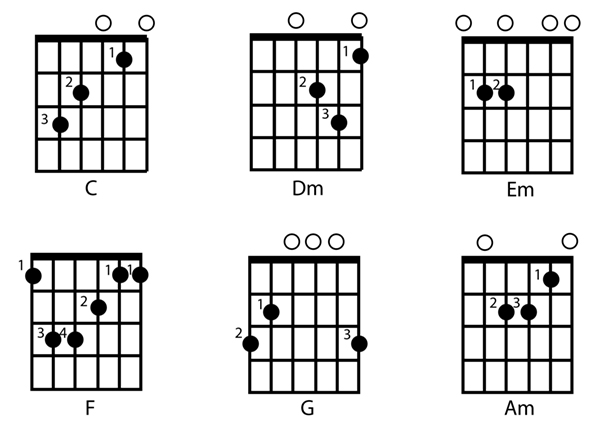A bit late (it was published in January 2019) I’ve just seen this post at soundfly – We Analyzed Every Dang Song That Cracked the Billboard Top 5 in 2018. There’s a lot of good stuff in this post (and the whole site’s a really rich resource) but I wanted to focus on chords – how many chords you’d find in the average hit and what those chords might be.
From an analysis of the number of chords found in 40 top 5 hits, 10 had four chords in them and 37 had somewhere between 2 and 6. That’s not a lot.
Does it matter how many chords there are?
It doesn’t seem like it. The listener doesn’t care how many chords there are and probably has no idea what a chord is. They will know, however, when something sounds right or not.
It is possible to have a song with no chords at all. Here’s an example that I created based on just one note played by multiple instruments and spanning eight octaves:
Now that’s obviously an exception because there’s not much of an audience for drone music!
So, how about one chord? Well, Music Times lists six great songs with only one chord:
Chain of Fools by Aretha Franklin (1967)
Coconut by Harry Nilsson (1971)
Madeleine-Mary by Bonnie ‘Prince’ Billy (1999)
Run Through the Jungle by Creedence Clearwater Revival (1970)
Tomorrow Never Knows by The Beatles (1966)
For another example, here’s Ohm by Yo La Tengo (2013) …
The reality is that a single chord is a huge constraint and an unnecessary one.
Take the step up to two chords and there’s still a lot you can do. I produced this quick sketch just to demonstrate rocking backwards and forwards between two chords – in this case Am7 and Dm7. You can put all sorts of stuff on top and develop the piece in many directions.
Of course, it’s possible for a single musical piece to have many more chords than seen in modern hits. Here’s Paul Simon singing one of my favourite of his songs, Still Crazy After All These Years, which has 21 chords (if you count the sevenths and other variants as separate chords, the total rises to 30).
So, what chords are people using?
Soundfly analysed the 40 Billboard hits to find out what chords were found most commonly.
For those songs in major keys, the chords were I, ii, iii, IV, V, vi. If you’re not familiar with this way of describing chords, let’s take the key of C major as an example. The chords would be C, Dm, Em, F, G and Am.
For minor keys, the most common chords were i, III, iv, v, VI and VII. In the key of Am, those chords would be Am, C, Dm, Em, F and G.
Guess what? Those chords are exactly the same as for C major – which is perhaps not surprising as both scales use the same notes.
Also interesting is that these are the most obvious chords – they conform to the notes of the major and minor scales without deviation. The songwriters have knowingly or unknowingly kept away from chords that might break the pattern and surprise the listener.
Clearly, that hasn’t affected the popularity of the songs – after all, there is much more to a song than the chord structure. But I reckon these tracks could have been even better if they’d innovated a little more in the chords.
What do you reckon?
In case you fancied playing all those Billboard hits, here are the six chords I listed above. They won’t be in the right key but then, you do have to do some work.













1 comment